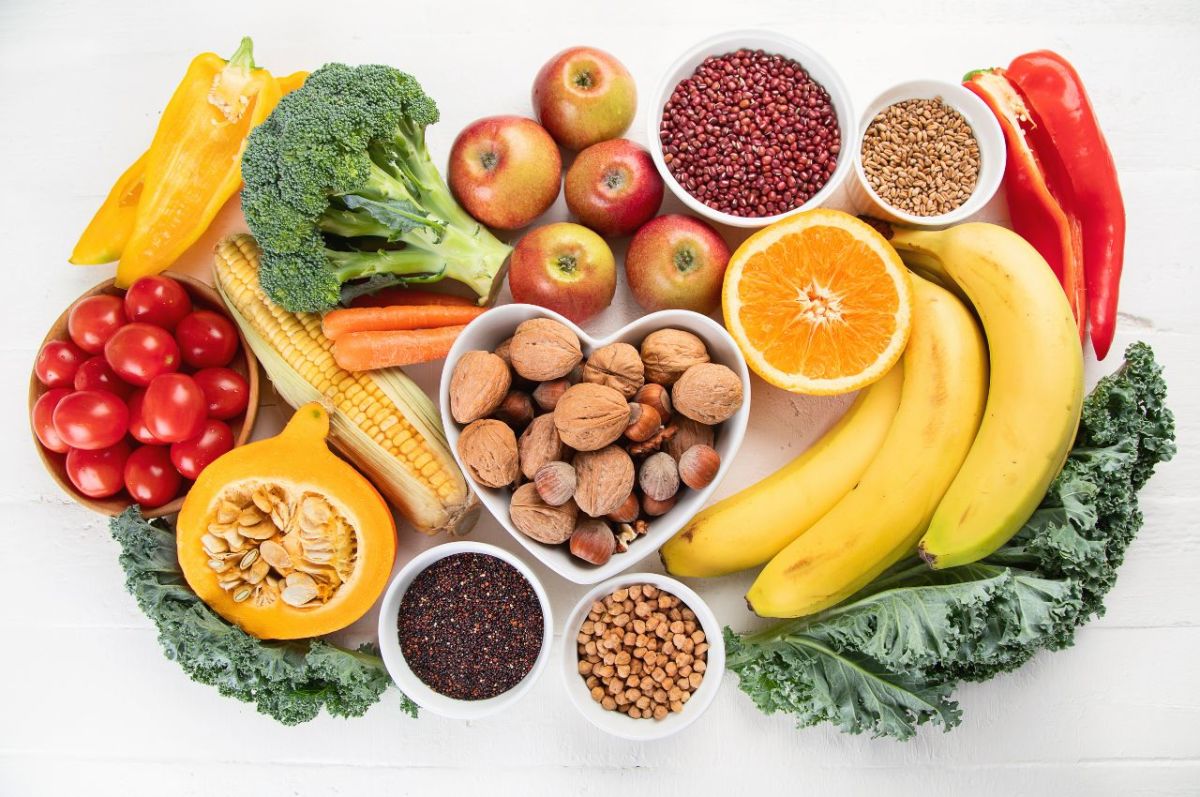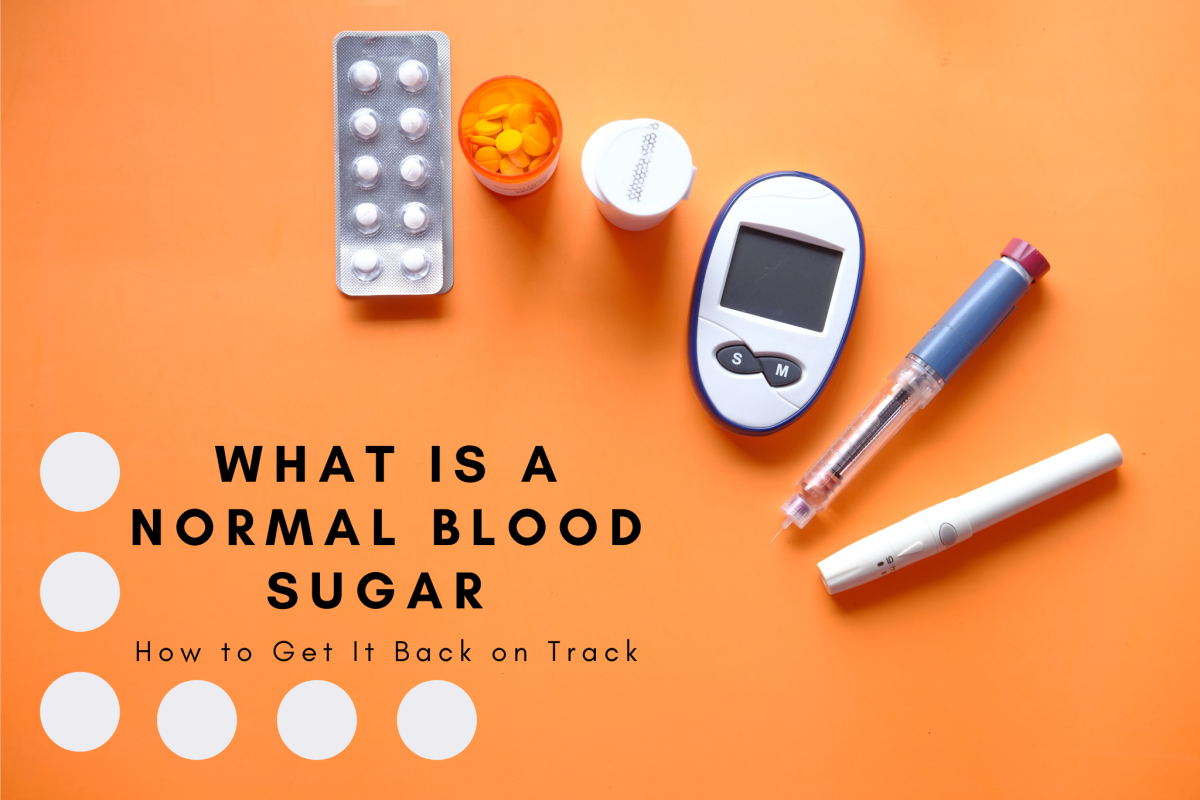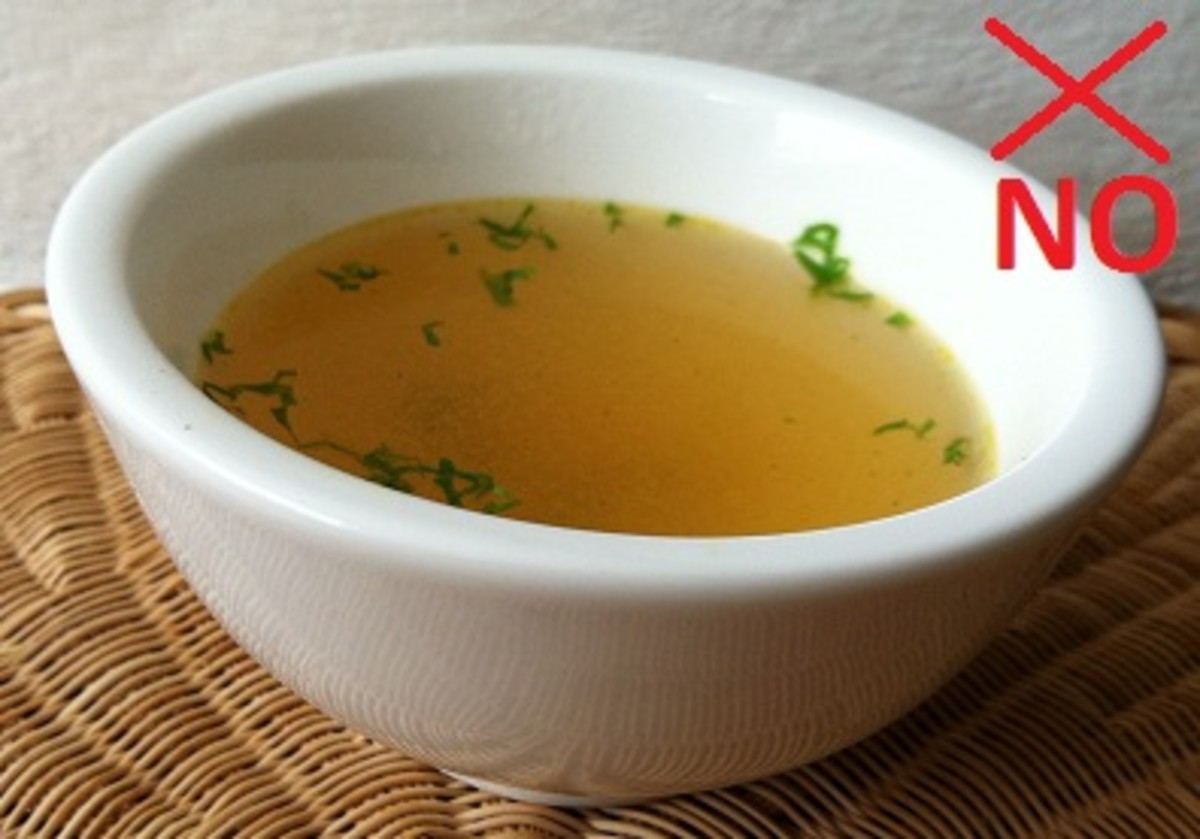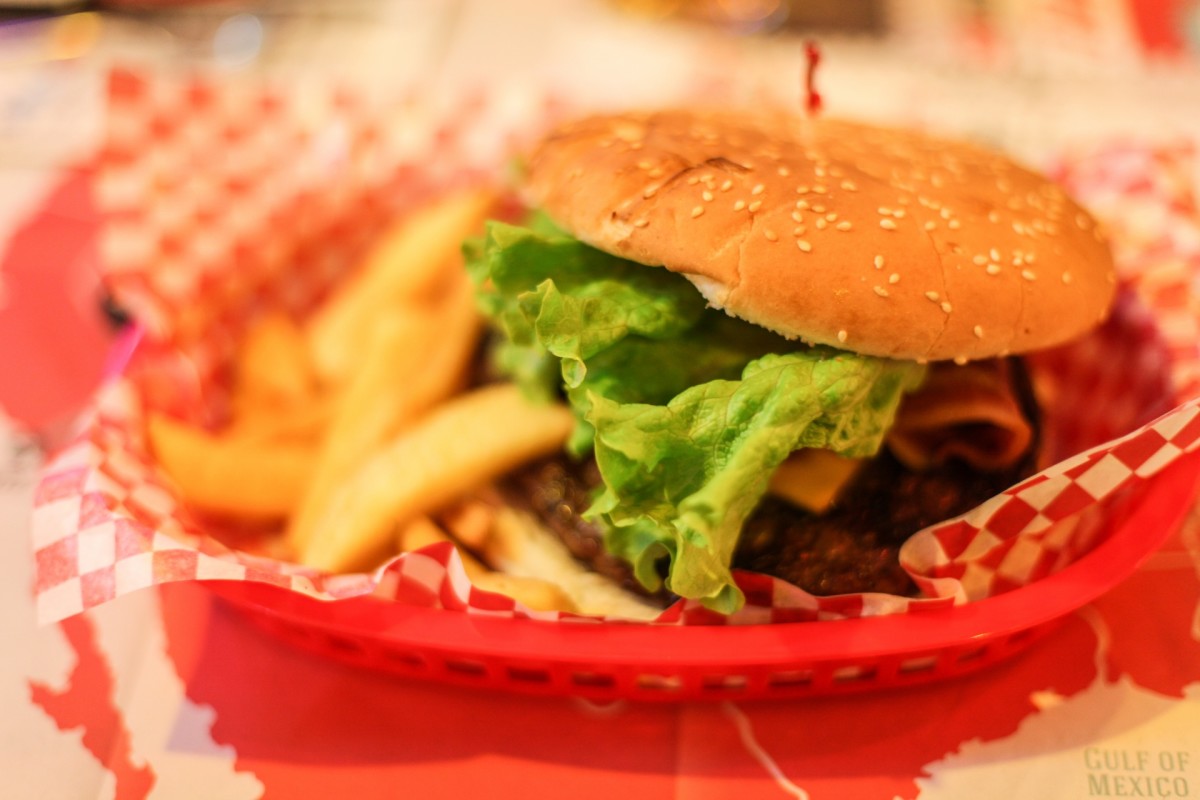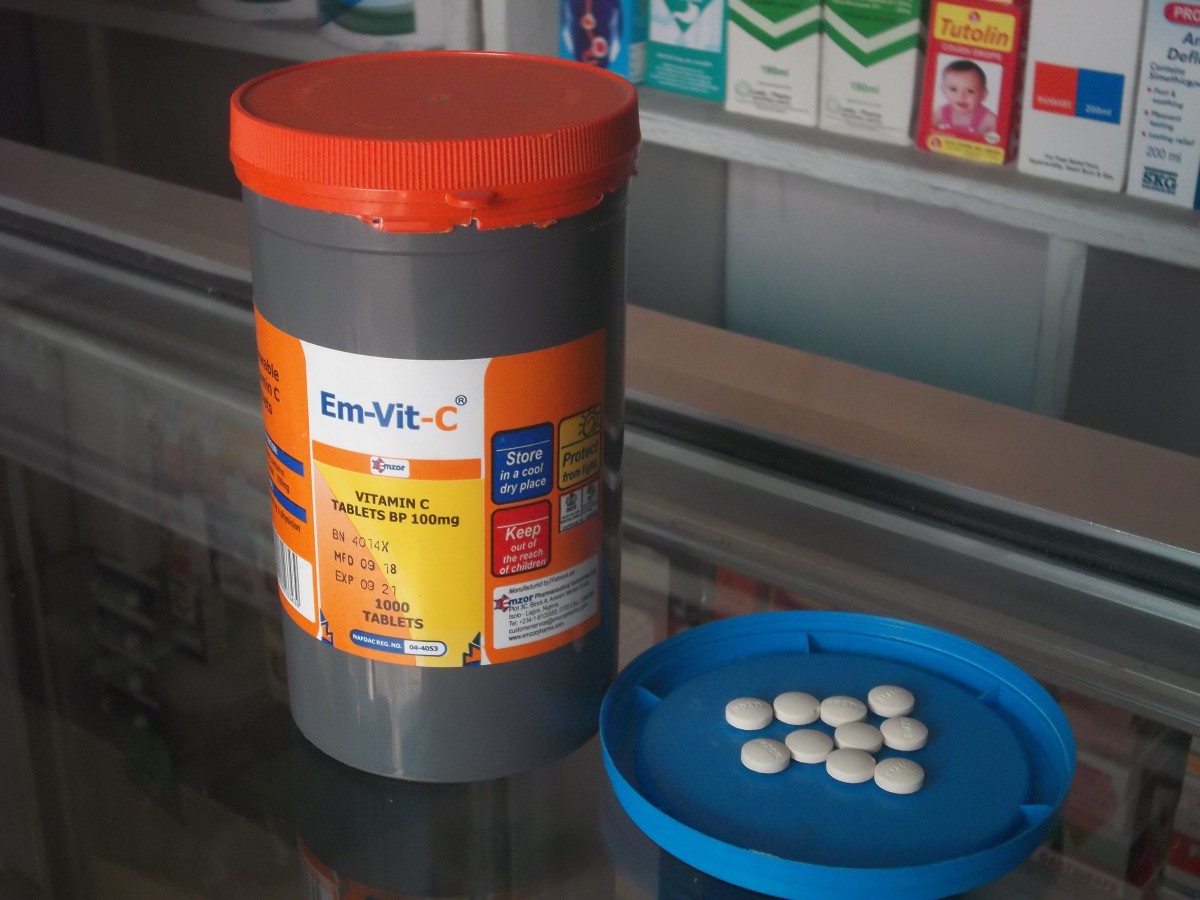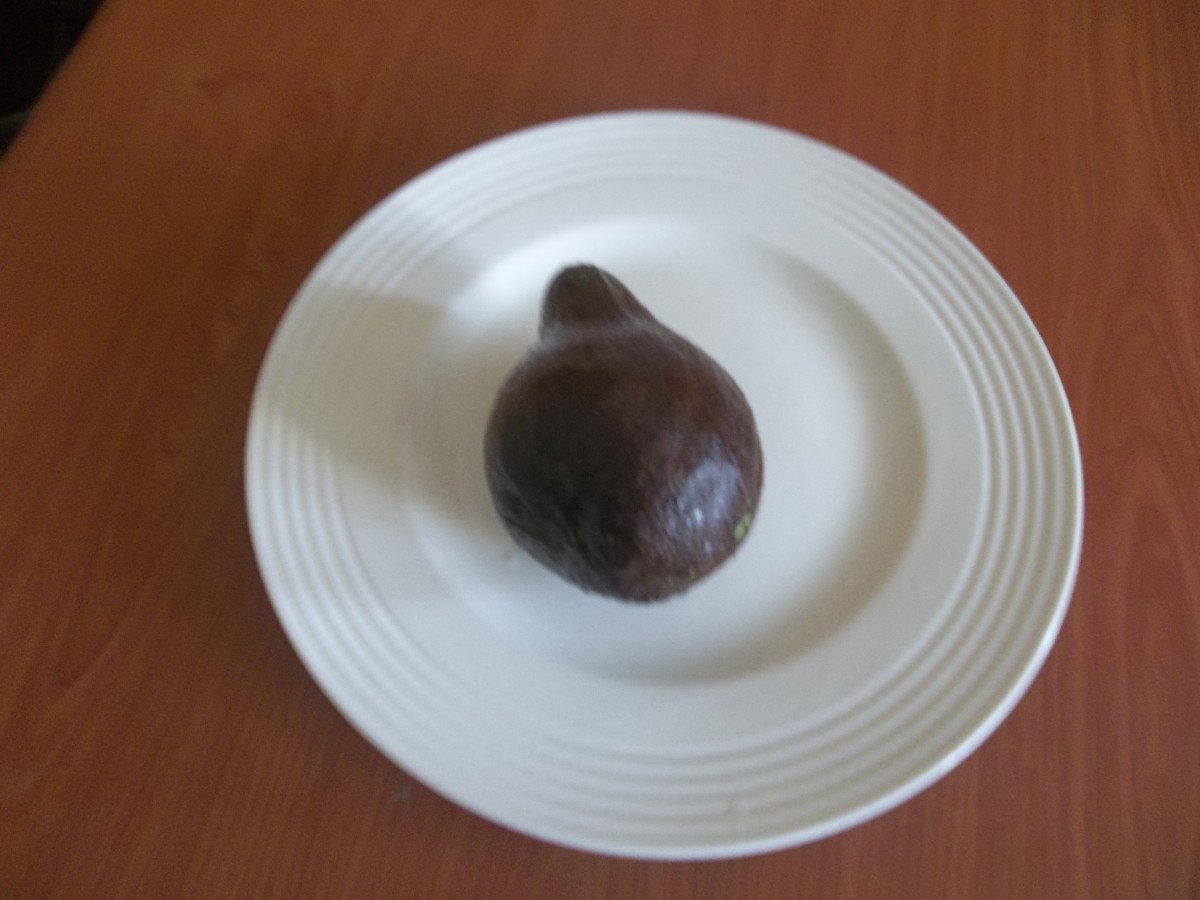Nutrition For Fitness
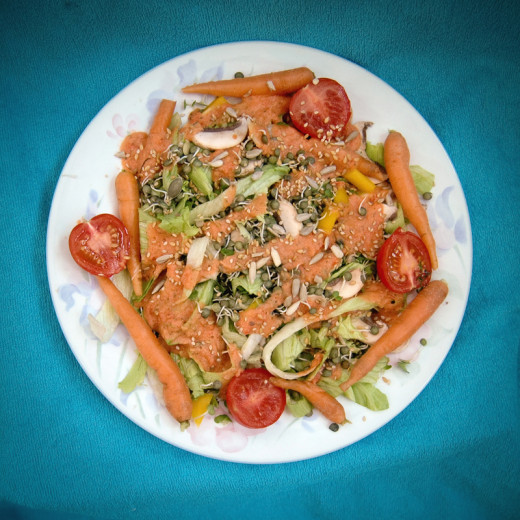
It may be cold, but to get the best from yourself it's still important to fuel your fitness. And then there are all those New Years resolutions to plan for! So stay ahead of the Y2K crowd with this quick guide to nutrition for busy, active people.
Food for Fuel Basics
We don't think twice about keeping our car running well with the right fuel. But it's so easy to neglect the fuel needs of the smartest machine in the world! Food is the body's fuel, and the better you feed it, the better it performs. Proper nutrition helps prevent fatigue and injury; enhances your ability to both train and recover; and boosts general health and well being.
Food is made up of protein, fats, carbohydrate (starches and sugars), fibre, vitamins, minerals, phytochemicals (antioxidants) and water. Like petrol, carbohydrate, fats and protein provide fuel (energy or calories), while vitamins, minerals, fibre and phytochemicals - to tune, regulate and protect the body, provide the 'oil'. Water is essential for metabolism and lubrication, to control body temperature and excrete wastes.
Carbohydrates in food are digested into simple sugars, and then absorbed to top up blood glucose (sugar) levels. Our body cells use this blood glucose to fuel activity and basic metabolism; the energy used to sustain life processes - breathing, digestion, circulation, body temperature, and brain and nerve function. Our muscles particularly relish carbohydrate and have their own stores known as glycogen. Glycogen stores in the liver are used to top up blood glucose levels between meals.
The body also uses fat for fuel, and we're all aware of fat stores! Protein is only used for energy if we get too little from carbohydrate and fat; the body prefers to harness protein for the growth, renewal and repair of muscle and other tissues.
3 Step Guide
Based on advice from 3 of the country's leading Accredited Sports Dietitians, Jane Griffin, Jeanette Crosland and Jacqueline Boorman, use these 3 golden rules to fuel your fitness:
1. Enjoy a variety of different foods
2. Eat a high carbohydrate diet
3. Drink enough fluids to stay well hydrated.
1. Enjoy a variety of foods
Include these foods daily:
- Carbohydrate-rich foods / drinks e.g. breads, potatoes, rice, pasta, cereals, noodles, fruit buns / scones, fruit, rice pudding, jam, low fat confectionery and cereal bars, sports drinks - base regular meals and snacks on them.
- Fruit and vegetables - at least 5 portions each day; fresh, frozen, dried, canned or juiced.
- Lean meat, fish, eggs, beans, lentils, nuts, soya products - 2 servings a day.
- Milk and dairy foods - 2-3 reduced fat servings a day.
- Unsaturated oils/spreads - small amounts.
2. Eat a high carbohydrate diet
- Carbohydrate (starches and sugars) is the most vital fuel for working muscles.
- Every time you exercise, glycogen stores decrease.
- To avoid fatigue, and optimise performance at your next activity / training session: - Have a carbohydrate-rich snack and drink 1-2 hours before you exercise e.g. cereal bar or fruit scone, fruit, rice pudding, water or sports drink. - Replenish glycogen stores with high carbohydrate eating, starting straight after exercise when glycogen stores refill most quickly.
- Choose and time foods and fluids to suit your exercise patterns. The main thing is to eat a healthy, high carbohydrate diet, so food choices must be convenient, enjoyable and eaten! Read up, and seek individualised advice from an Accredited Sports Dietitian.
3. Drink enough fluids
- Dehydration is a major cause of fatigue. Active people need at least 2 litres of fluid a day.
- Drink before, during and after exercise / training as fluid losses increase during exercise, even in the cold weather (it may help immunity too).
- If your urine is frequently dark, drink more. Aim for a copious, pale straw coloured variety.
The Glycaemic Index
Fine-tune your diet with the Glycaemic Index (GI), a ranking of foods from 0-100, which reveals how quickly a food will cause a rise in blood glucose levels. The lower the GI, the more gradual the rise in blood glucose, meaning a more sustained and satisfying energy supply.
Low GI foods are good choices 1-2 hours before exercise. And long term, diets rich in low GI foods, may help protect against heart disease, certain cancers and Type 2 diabetes. Lower GI foods include: fruit; oats; peas; beans; lentils; yogurt; pasta; pitta, fruit and granary breads; dried fruit, noodles, muesli and bran cereals.
Higher GI foods e.g. isotonic sports drinks, bananas, potatoes, rice, white bread, scones, jelly beans, rice pudding, cereal bars, soft drinks and refined breakfast cereals, raise blood glucose levels more quickly. Thus, they can help maintain blood glucose levels if taken during exercise; and to refuel glycogen stores immediately after exercise.


